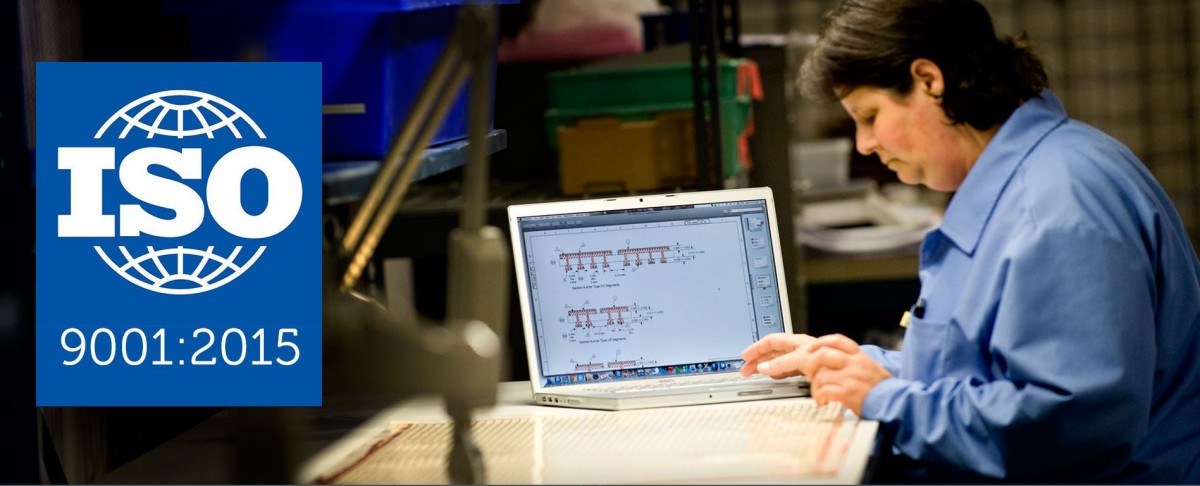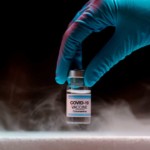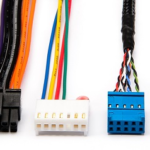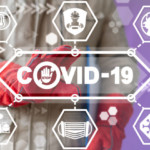ISO standards are reviewed every five years and revised as necessary. That’s a good things for most manufacturers, because the challenges we face today are different than from few years ago. For example, globalization has changed the way that many electronic contract manufacturers do business. Increased expectations from customers and third-parties also present challenges for a new ISO standard to address.
SHINE Wire has been an ISO registered company since 1986. Here at our manufacturing center in Adams, Massachusetts, we specialize in high-quality custom cable assembly, electro-mechanical assembly, and wire harnessing. SHINE’s ISO 9001:2008 certification won’t expire until late next year, but we’re working hard to become ISO 9001:2015 certified by September 2017.
Facing Risks and Uncertainty
All ISO 9001 standards establish the requirements for an organization’s quality management system (QMS), a set of policies, processes, and procedures for planning and executing core business functions. ISO 9001 has been around since the 1980s, but ISO 9001:2008 wasn’t introduced until 2008. Since then, supply chains have grown longer and new risks have emerged.
According to ISO 9001:2015 Quality Management System Requirements, risk is defined as “the effect of uncertainty.” Notes for this definition include “deviation from the expected”, which can be both positive and negative. Most importantly, however, this reference document explains that risk results from the likelihood or consequences of a potential event. For manufacturers, examples can include customer complaints, vendor qualifications, and inadequate employee training.
ISO 9001:2008 vs. ISO 9001:2015
ISO 9001:2008 didn’t ignore risks, but ISO 9001:2015 assigns a more prominent role to risk-based thinking. That’s because determining an organization’s risks and opportunities can increase the overall effectiveness of its QMS. Specifically, ISO 9001:2015 incorporates the concept of preventive action, which the new standard addresses through risk identification and mitigation.
For example, in the ISO 9001:2015 Leadership section, there are multiple clauses that promote the use of a process approach and risk-based thinking. In the Planning section, actions to address risks and opportunities are required. Then in the Performance Evaluation section, new requirements specify the effective implementation of planning and actions to address risks and opportunities.
Risk Assessment and Business Continuity
As part of our efforts to achieve ISO 9001:2015 certification, SHINE is updating our Risk Assessment and Planning Manual and our Business Contingency Plan. To prepare for potential risks, SHINE is defining indicators of poor effectiveness and planning preventive strategies. By taking a pro-active approach, SHINE will remain a leader in high-quality electronic contract manufacturing. To learn more, contact us.






